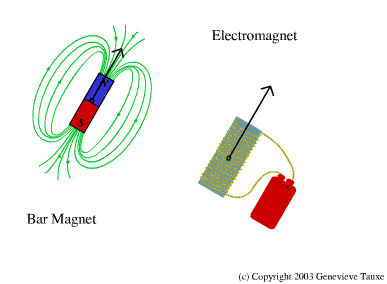Wherever you are on earth, gravity acts as a force pulling you and everything else down towards the center of the earth. Gravity doesn't act on just a few objects, but on anything and everything in the region surrounding a massive object, so the earth is said to have a gravitational field: you can draw an arrow representing the gravitational vector at any point in the field.
The earth doesn't expend any energy to create this field. All massive objects have associated gravitational fields, but most of them are so small that we don't notice them. Even your computer keyboard technically has gravity, but since it has about a septillionth (10 to the 24th power) the gravity of the earth, its gravity is insignificant.
But how can the earth make things move without using up any energy? If you lift an object up, the energy you use to lift it against gravity is stored as potential energy. When you let go, that potential energy is converted into kinetic energy, the energy of motion, and the object falls back down. Thus gravity is not a true force (a push or pull on an object, or mass x acceleration), but a potential difference between higher and lower locations that makes massive objects accelerate downwards. Weight is a force derived from an objects mass times acceleration due to gravity (9.81 meters per second per second at the earth's surface, often referred to as 1 g).
.gif)
In order for an object to move upward (against gravity), something has to provide an upward force greater than the downward force of the object's weight. The blue arrow in the picture to the right represents weight, and the red arrow is the upward force that the rocket engine produces.
The difference of these two forces is a net upward acceleration shown by the green arrow. If the upward force were equal to the rocket's weight, the length of the green arrow would be 0 and so the rocket wouldn't move. If the upward force were less than the force of gravity, the green arrow would point downward, and the rocket would fall back down to the ground.
 A
vector quantity called magnetic moment is a simpler way
to indicate the strength and size of a magnetic field than drawing out field
lines for every magnet. It is drawn as an arrow aligned with the overall
direction of the field (for a bar magnet, it is aligned with the magnet
itself), whose length indicates the strength of the magnet.
A
vector quantity called magnetic moment is a simpler way
to indicate the strength and size of a magnetic field than drawing out field
lines for every magnet. It is drawn as an arrow aligned with the overall
direction of the field (for a bar magnet, it is aligned with the magnet
itself), whose length indicates the strength of the magnet.